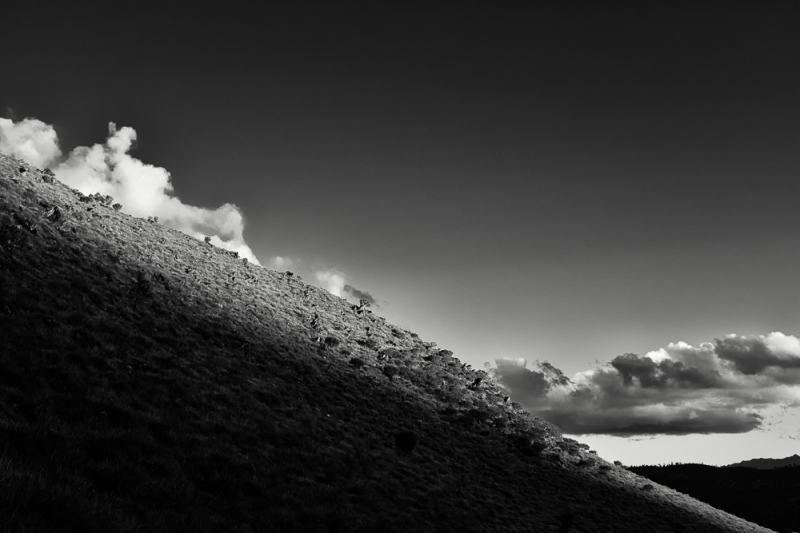Evoking The Moment
Photographers talk about capturing the moment and the decisive moment but what does that really mean?

Henri Cartier-Bresson is famous for the phrase, The Decisive Moment, now one of the most commonly used expressions in photography. The term was used as the English title for Cartier-Bresson’s 1952 collection, Images à la sauvette. In the essay that opened the book, Cartier-Bresson wrote,
“To me, photography is the simultaneous recognition, in a fraction of a second, of the significance of an event as well as of a precise organization of forms which give that event its proper expression.”
Photography, according to Cartier-Bresson is unlike painting, the creative moment for the photographer is tiny, maybe a fraction of a second, in which to recognise what needs to be photographed, frame it and manipulate the camera to record an image of it.
How To Be A Photographic Blowhard
Spend time among photographers, in person or online and pretty soon “the decisive moment” will come up. Often it’s used to describe images that are nearly good, nearly in focus, or just nearly interesting.
You can, of course, become a fantastic blowhard, or armchair critic if you will, by spraying the term around yourself. It also helps to keep a copy of Cartier-Bresson’s famous image of a man jumping a puddle (1932) in order to school the uninitiated into the cult of the decisive moment. This is “almost the decisive moment” is a great line to throw out when you can’t actually think of something worthwhile to say.
The solution many photographers resort to, when they’ve been decisive momentised is to start photographing every moment, in the hope one of them will be decisive. This is, ironically enough, far from what Cartier-Bresson suggested.
Memories And Madeleines
Let’s consider another famous Frenchman, novelist Marcel Proust, famous for his seven volume novel, In Search of Lost Time. Proust often wrote about involuntary memory, most famously in the “episode of the madeleine.” The narrator recounts how the taste of a madeleine (a small French teacake), evoked sudden and strong memories.
“And suddenly the memory revealed itself. The taste was that of the little piece of madeleine which on Sunday mornings at Combray (because on those mornings I did not go out before mass), when I went to say good morning to her in her bedroom, my aunt Léonie used to give me, dipping it first in her own cup of tea or tisane. The sight of the little madeleine had recalled nothing to my mind before I tasted it. “
Earlier this week I put on an old cotton sweater I bought on Martha’s Vineyard in 2001. It’s a tired gray thing I don’t often wear. Putting it on instantly reminded me of being on the New England coast that late summer, walking along those Atlantic beaches and eating lobster by the water’s edge near Aquinnah. It was every bit as evocative as any photo, or Proust’s madeleine.
The Decisive Sign
Another way of thinking about Proust’s madeleine is to suggest it isn’t just about memory, but it’s also about significance. The madeleine is a sign, it represents something.
In a similar way Cartier-Bresson’s decisive moment isn’t just about the moment we click the shutter, or the moment frozen in film (or in our digital file). The decisive moment is the photographer’s sense there is something significant here that needs to be photographed, an image that needs to be made.
When I look at an image, it feels like a decisive moment if the reason why someone would want to photograph this thing is clear and obvious. Cartier-Bresson’s man jumping over a puddle is a decisive moment not because he hit the shutter at the precise moment, but because of the idea of using a camera to freeze someone feels so decisive, so right.
The image at the top of this post was made on the Heysen Trail in South Australia. It was the end of a long day of walking and I felt like that sliver of light said something about the close of a wonderful day and also the vast scale of the land.
It might help all of us we were less obsessed with nervously capturing the exact moment and more concerned with decisively creating that will remind of the moment we were experiencing, or evoke in others a smilier memory or feeling.




